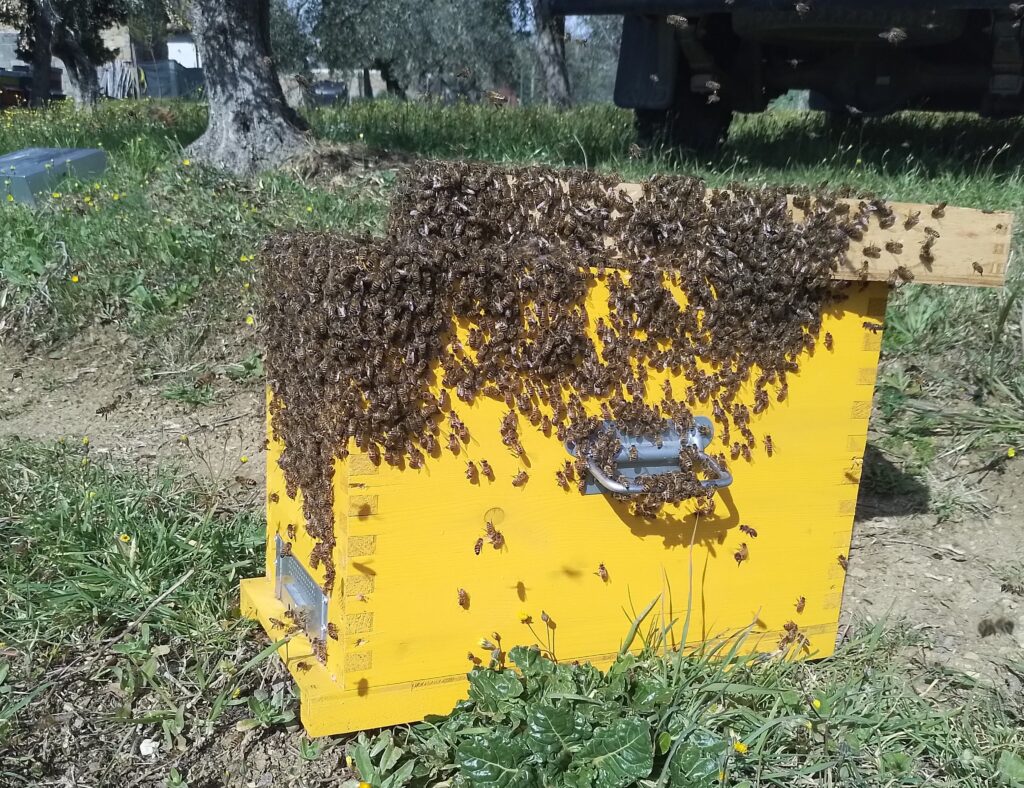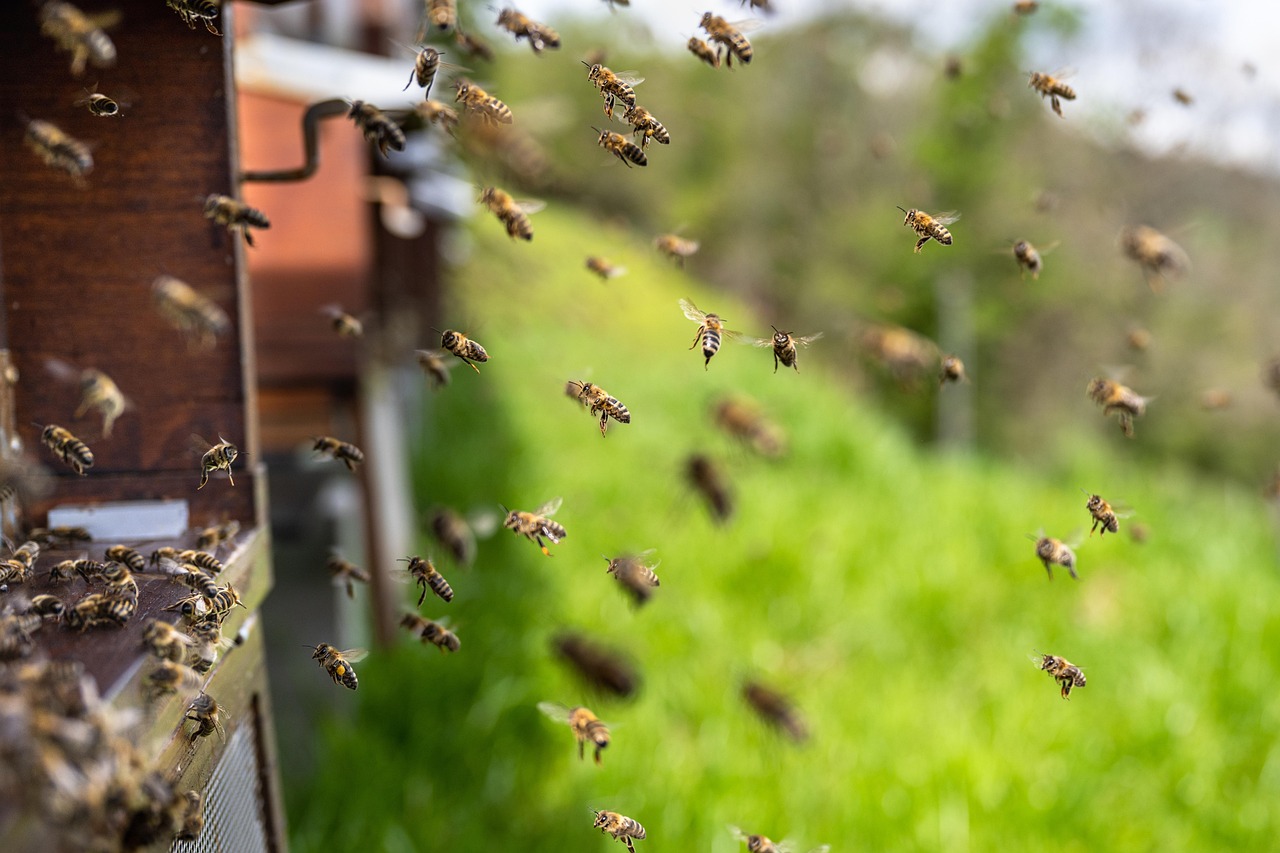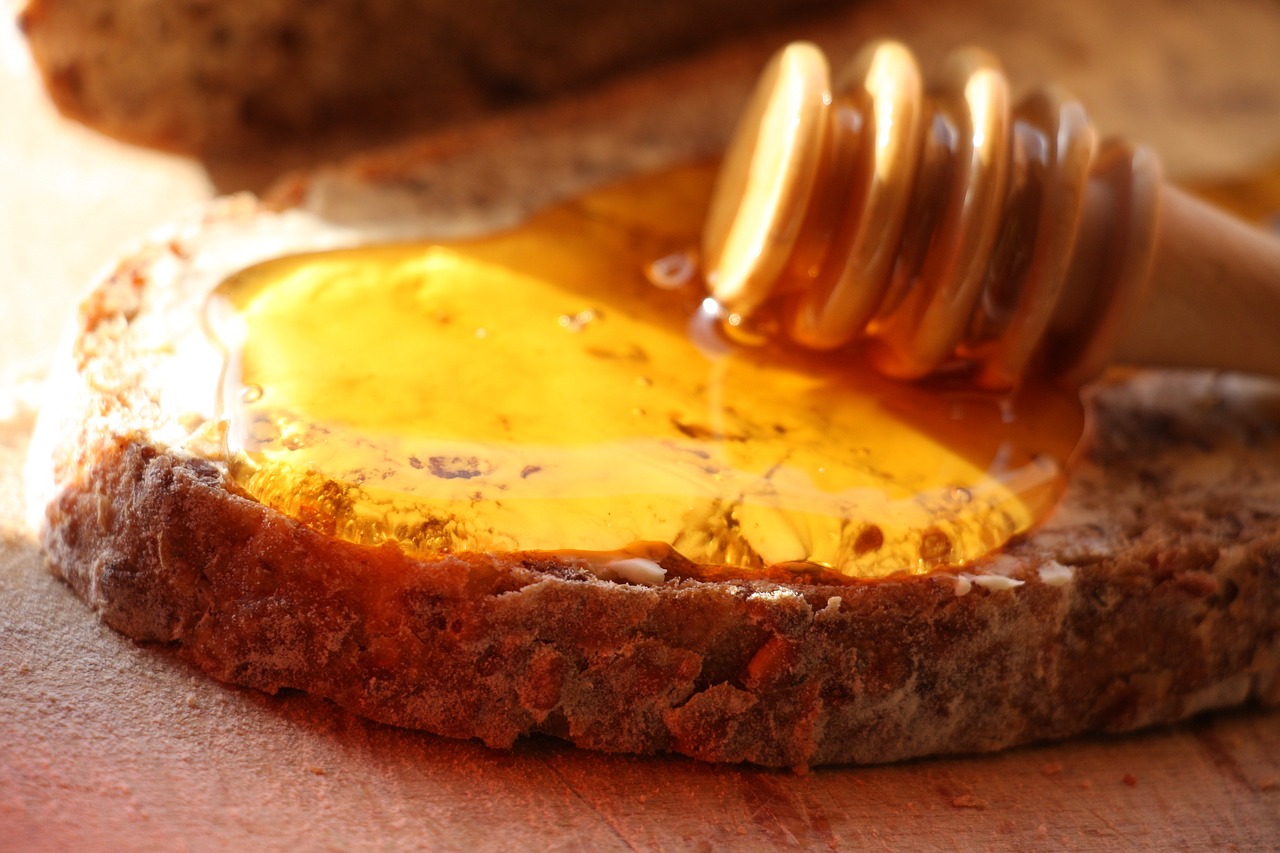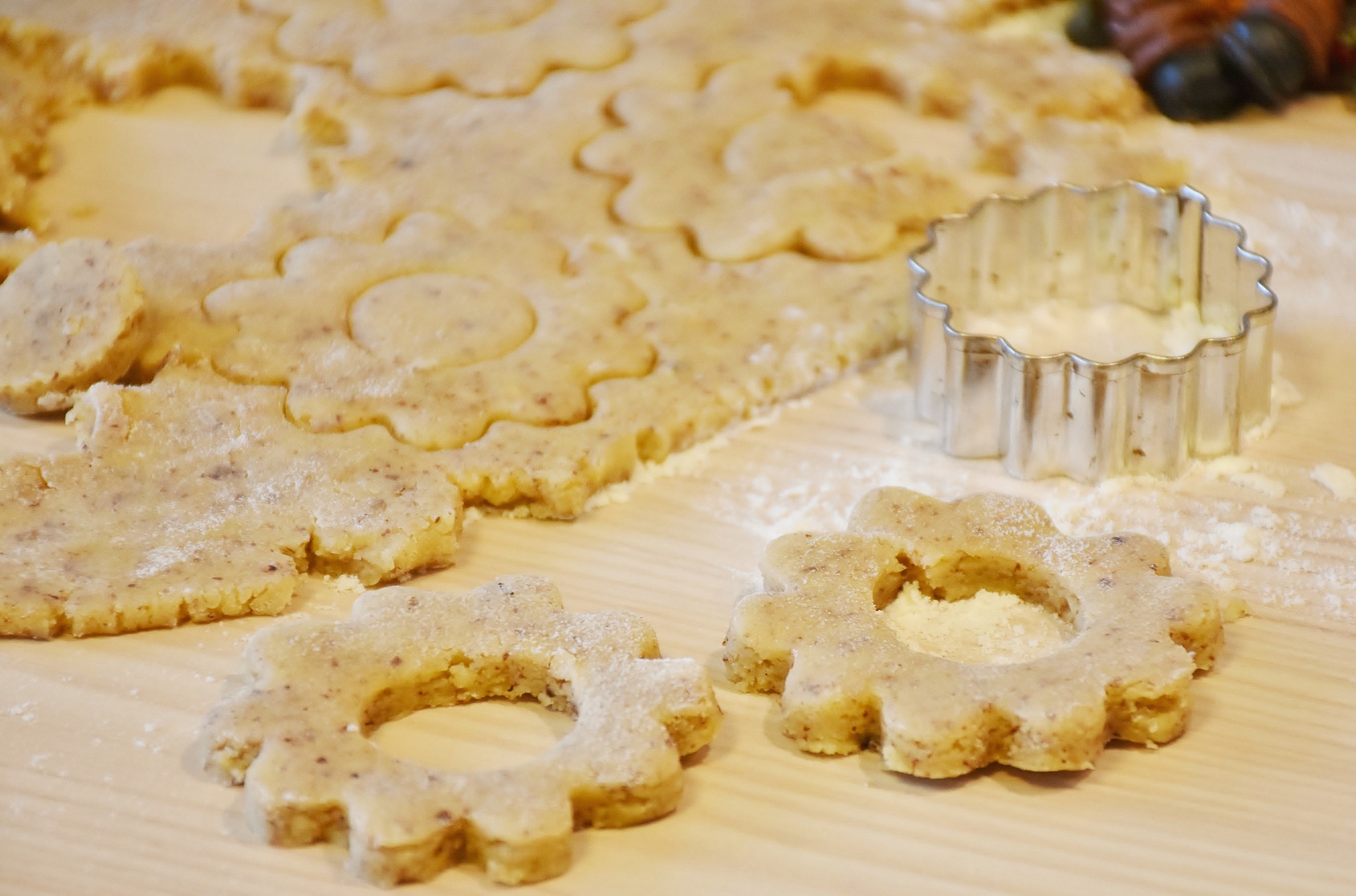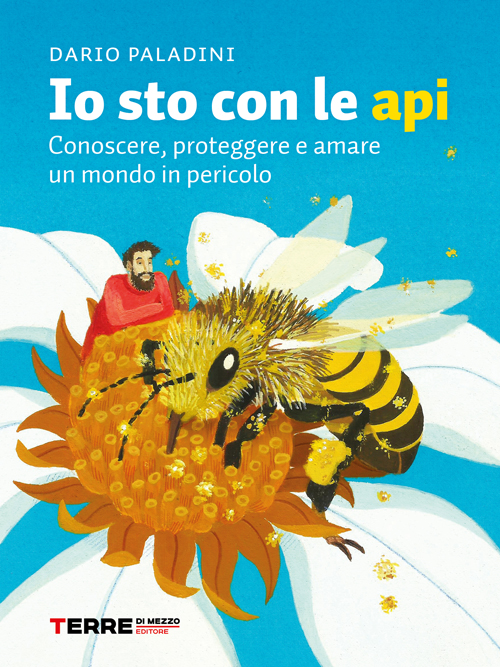Bees, small but incredibly organized, are fascinating creatures whose role in pollination and honey production is vital to our ecosystem. But have you ever wondered how a new bee is born and develops? Their life cycle is an amazing process, marked by complete metamorphoses that transform them from tiny eggs into tireless workers, fertile queens or robust drones.
In this article, we will explore the four main phases of the honey bee life cycle: egg, larva, pupa and adult. Prepare yourself for a journey into the heart of the hive, where life pulsates in an incessant succession of transformations.
The Egg: the beginning of everything
The cycle begins with the laying of an egg by the queen bee. The queen is the only fertile female in the hive and her main function is precisely that of laying eggs, ensuring the survival and growth of the colony.
The eggs are small, oval and whitish in color, measuring about 1-1.5 mm in length. They are laid individually in hexagonal wax cells built by worker bees. The queen lays fertilized eggs, which will give rise to worker bees (sterile females) and future queens, and unfertilized eggs, which will develop into drones (the males of the hive).
The egg stage lasts about 3 days.
The Larva: an insatiable appetite
A small, whitish, legless larva hatches from the egg, resembling a small worm. This stage is characterized by rapid growth and an insatiable appetite. The larvae are fed by nurse bees (young specialized workers) with a rich and varied diet: royal jelly, a highly nutritious food produced by the glands of nurse bees. All larvae are fed royal jelly for the first few days, but only the larvae destined to become queens will continue to receive it throughout the larval stage.
Pollen and honey: after the first few days, the larvae destined to become workers and drones are fed a mixture of pollen and honey, less rich than royal jelly.
During the larval stage, which lasts about 6 days for workers and queens, and about 7-8 days for drones, the larva moults several times, growing rapidly in size.
The Pupa: the silent transformation
At the end of the larval stage, the cell is sealed with a wax operculum. Inside, the larva transforms into a pupa. This is a stage of complete metamorphosis, during which the body of the larva completely reorganizes itself to give rise to the adult bee. During the pupal stage, the wings, legs, eyes and all the other organs characteristic of the adult bee develop. The color of the pupa gradually changes, from white to dark brown.
The duration of the pupal phase varies depending on the type of bee: Worker about 12 days; Queen about 8 days; Drone about 14 days.
The Adult Bee: a new member for the colony
Once the metamorphosis is complete, the adult bee emerges from the cell by gnawing the wax operculum. Its first activity is often to clean itself and be fed by the other workers. Adult bees carry out different tasks within the hive, depending on their age and role.
To fully appreciate the wonder of this process, we invite you to watch this short video showing the birth of a new bee. You will be able to observe up close the adult bee as it frees itself from its cell, a crucial moment that marks the beginning of its active life within the complex and fascinating society of the hive.
The life cycle of bees is an extraordinary example of transformation and organization. Each stage, from egg to adult bee, is essential for the survival and functioning of the entire colony. Understanding this process helps us to appreciate even more the crucial role that these little insects play in our world and the importance of protecting them.
The next time you see a bee buzzing, remember the long and fascinating journey that brought it to that moment!
